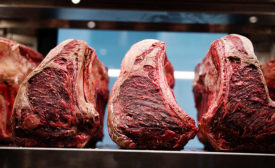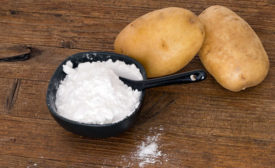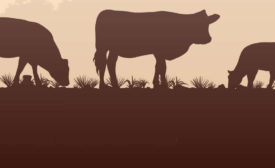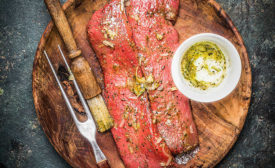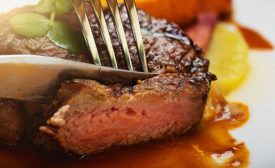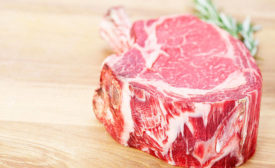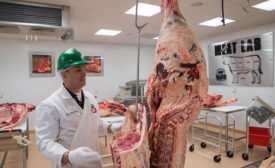Dr. Phil Bass
Dr. Phil Bass is an assistant professor in the department of Animal and Veterinary Science at the University of Idaho. For more information, contact him at pbass@uidaho.edu.
ARTICLES
Tech | Meat Science Review
Microbial communities on dry-aged beef in commercial meat processing facilities.
Read More
Guest Commentary | Dr. Phil Bass
Meat industry resiliency
The meat industry has bounced back from major challenges and changes before; in the post-COVID-19 world, we should expect a similar outcome.
Read More
Guest Commentary | Dr. Phil Bass
Beef tenderness and physiological maturity
Want tender? Get out the (connective) tissues!
Read More
Stay ahead of the curve. Unlock a dose of cutting-edge insights.
Receive our premium content directly to your inbox.
SIGN-UP TODAYCopyright ©2024. All Rights Reserved BNP Media.
Design, CMS, Hosting & Web Development :: ePublishing

